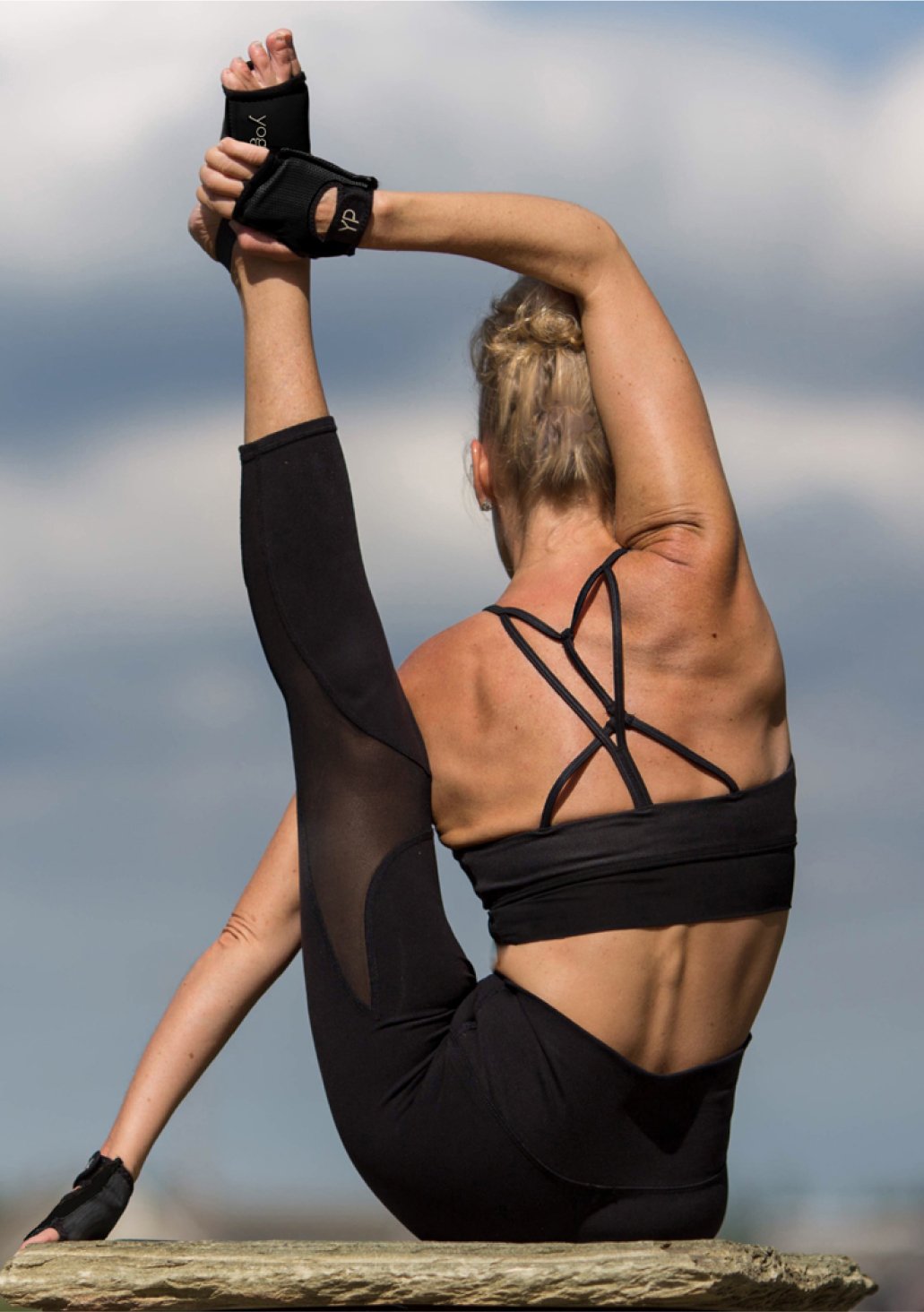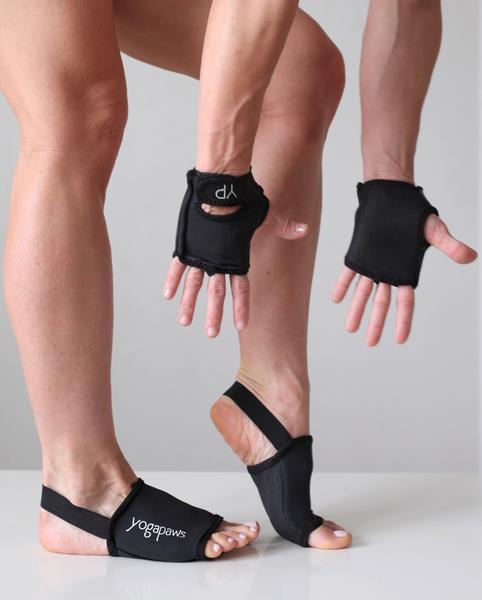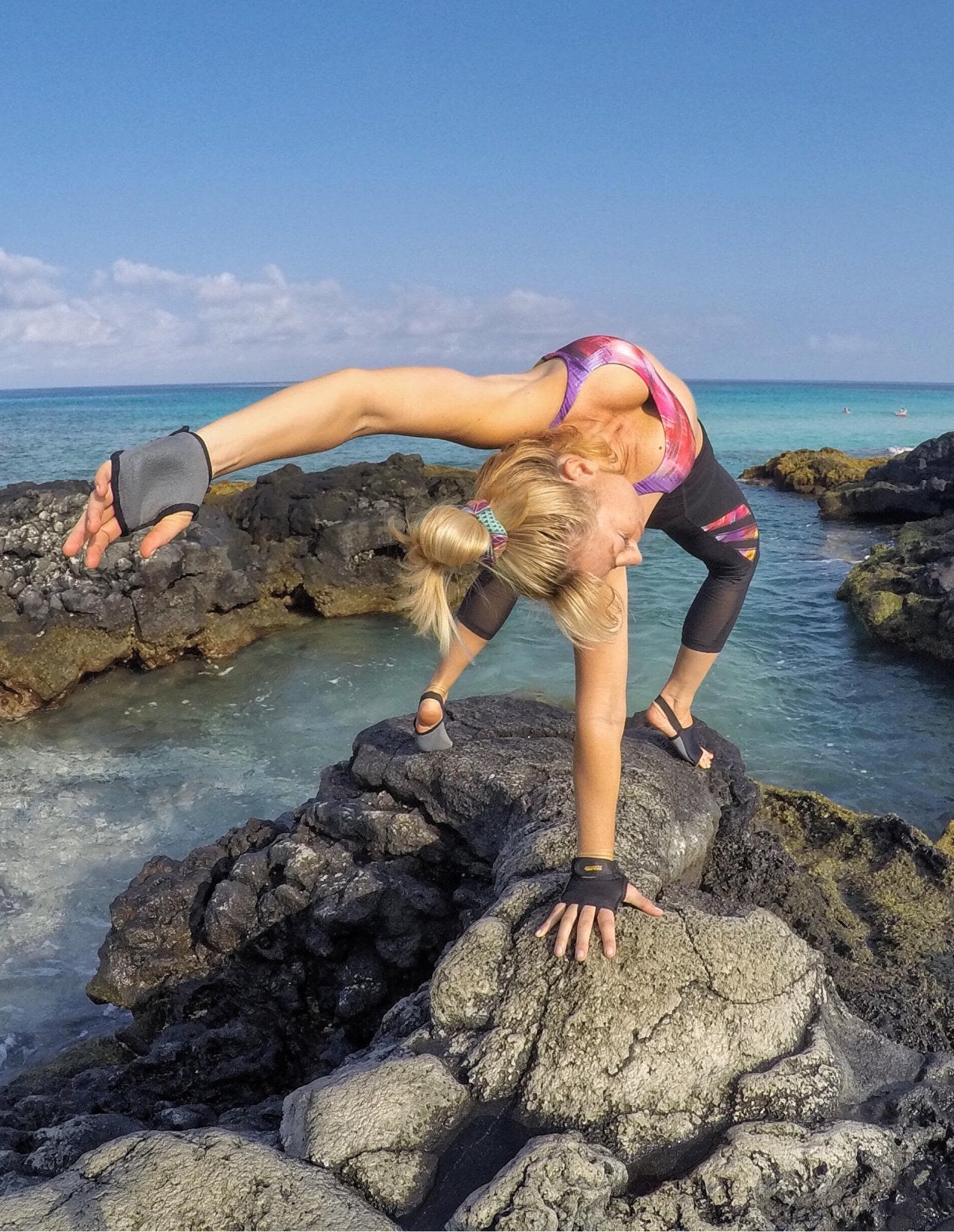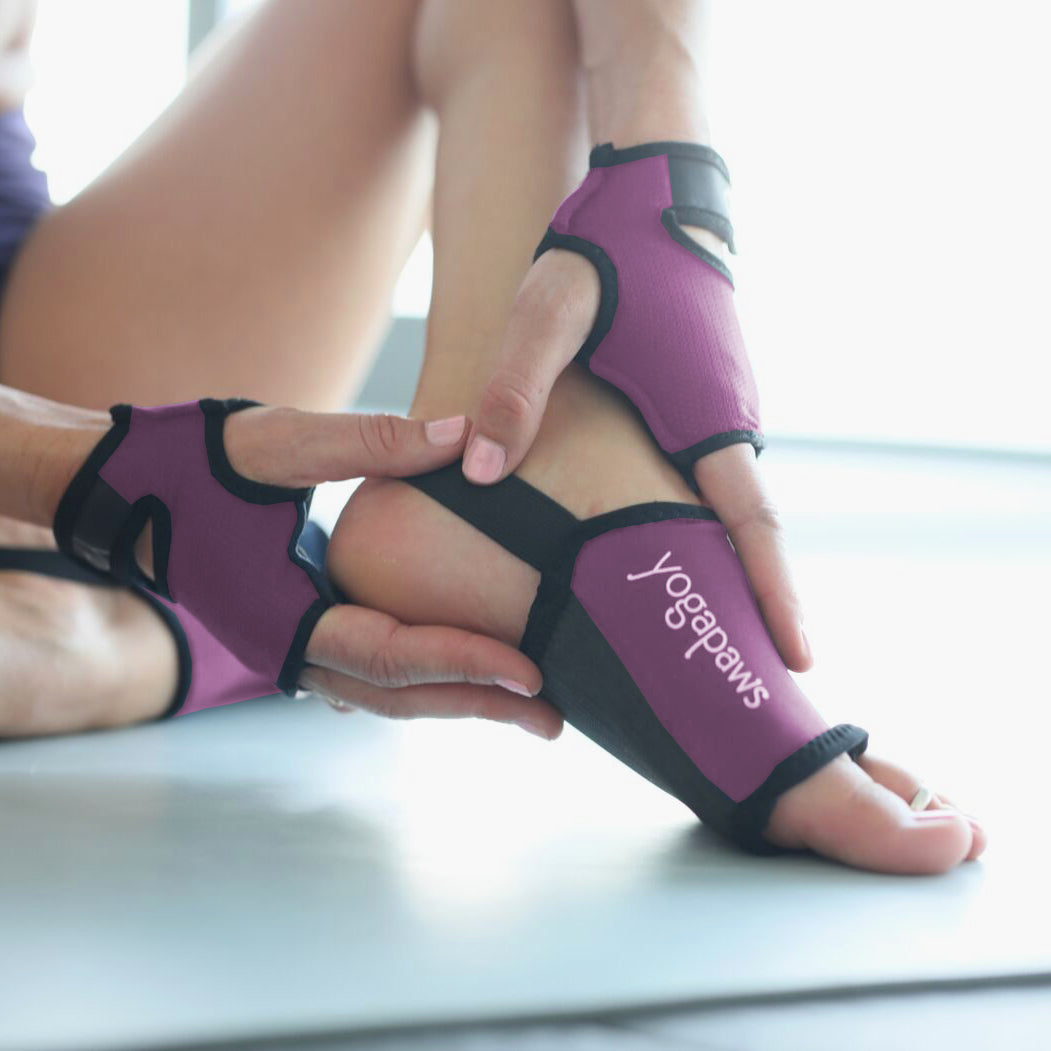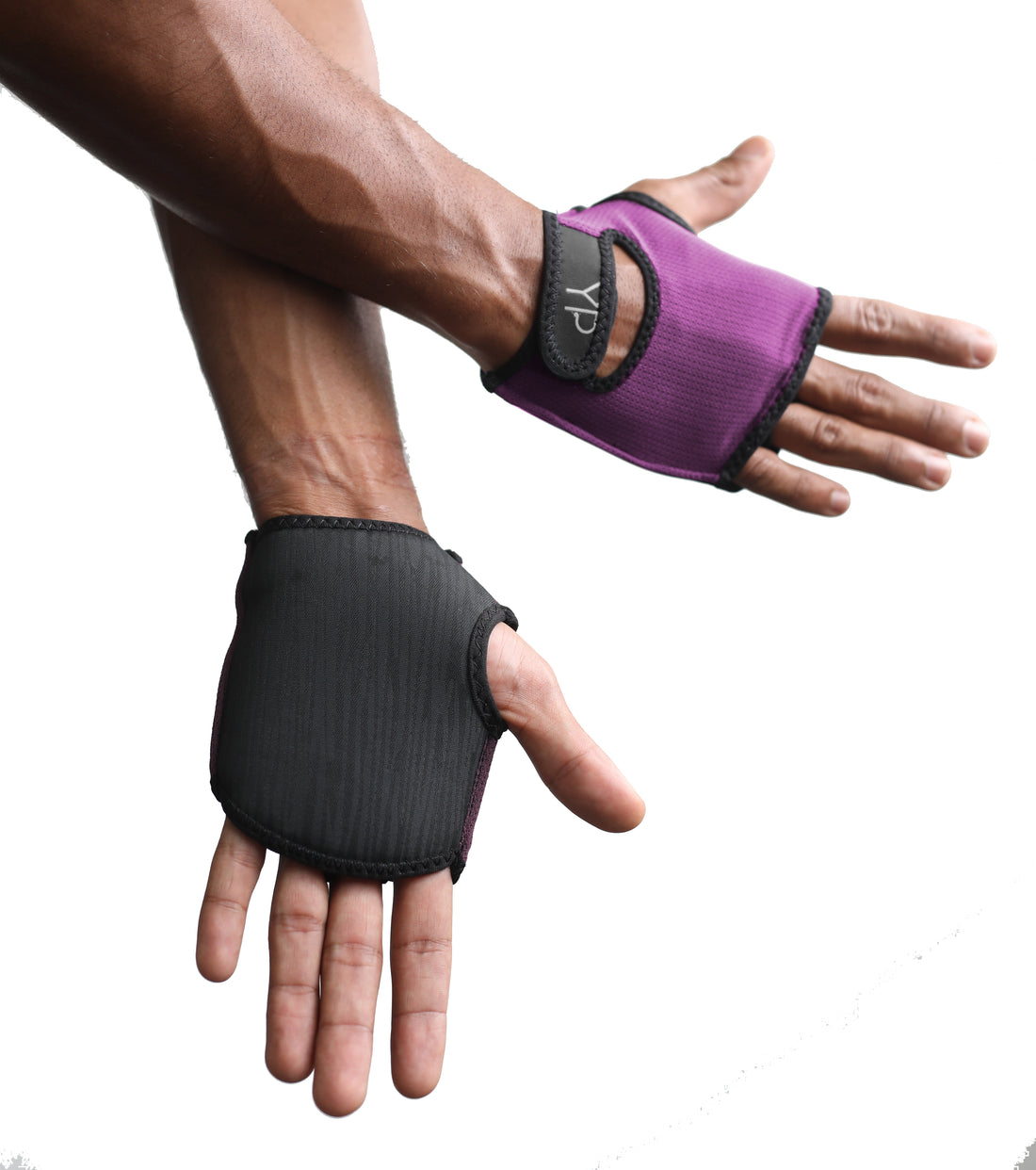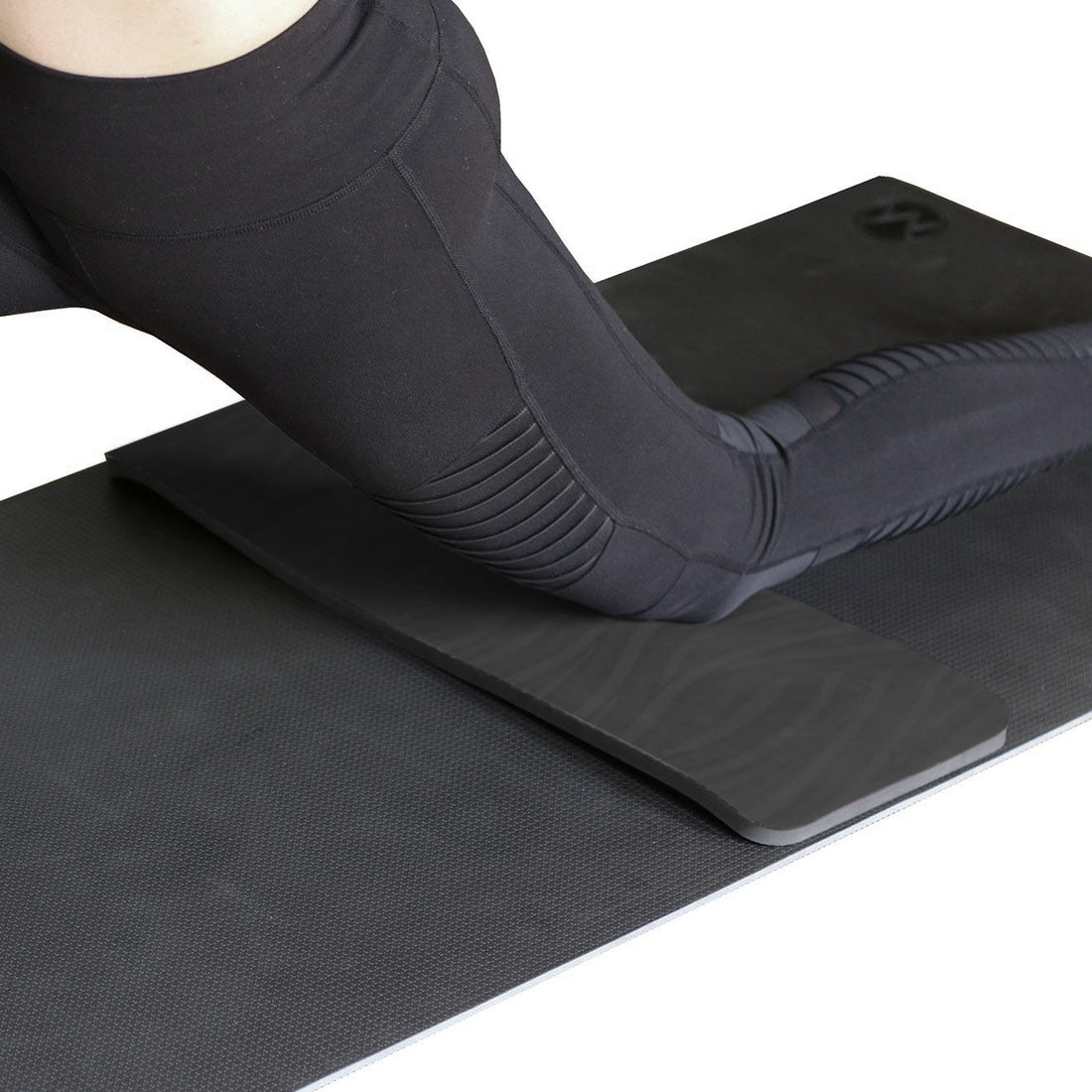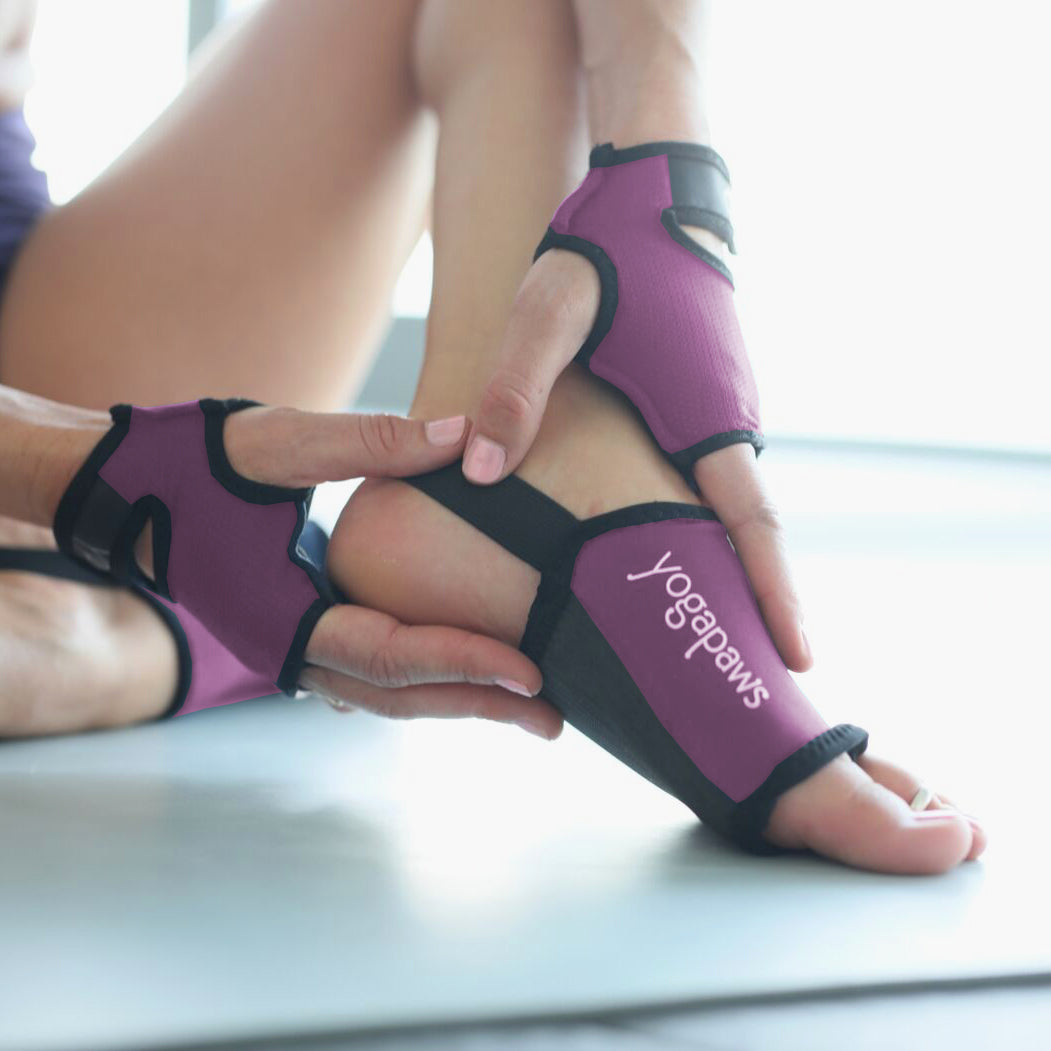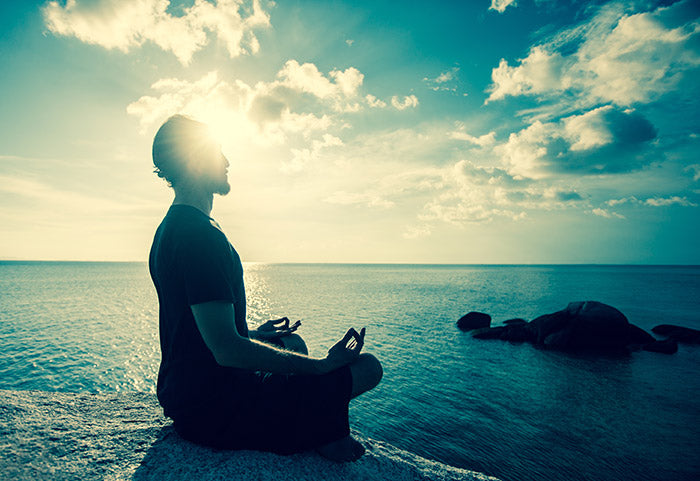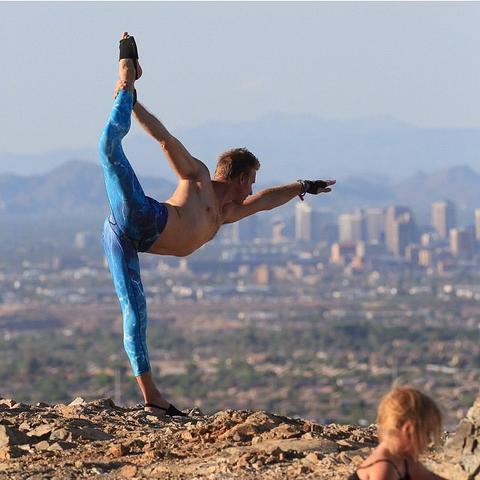 People often say someone who is stubborn or resistant to change is “stiff-necked.” While that’s a judgment on someone’s personality, it also describes many Westerners, literally. Sitting, driving, and staring at a computer screen all tend to encourage you to slouch, forcing the comparatively weak muscles in the neck to take over the work from the larger ones in your back and core. And, that cliché does have a point — your neck does tend to be a hotbed for tension. As Yoga Journal points out, some of that has a physical cause. The muscles in your jaw and neck habitually tighten when you are tense or concentrating. If the weight of your head is forward, it pulls on those muscles, making them rigid and pulling your shoulders out of alignment. Over time, that can lead to pain and even serious injuries like pinched nerves.
People often say someone who is stubborn or resistant to change is “stiff-necked.” While that’s a judgment on someone’s personality, it also describes many Westerners, literally. Sitting, driving, and staring at a computer screen all tend to encourage you to slouch, forcing the comparatively weak muscles in the neck to take over the work from the larger ones in your back and core. And, that cliché does have a point — your neck does tend to be a hotbed for tension. As Yoga Journal points out, some of that has a physical cause. The muscles in your jaw and neck habitually tighten when you are tense or concentrating. If the weight of your head is forward, it pulls on those muscles, making them rigid and pulling your shoulders out of alignment. Over time, that can lead to pain and even serious injuries like pinched nerves.
Neck issues aren’t just for the sedentary or the elderly. From office workers to headbangers, many people start to suffer from degenerative neck issues as early as their 30’s. Fortunately, if done correctly, your yoga practice is a great way to fix the underlying causes of neck problems. Both standing and seated poses give you the chance to realign your head from the overly forward position that stress and sitting tend to develop. It can also help to think about lowering your shoulders and bringing your chin up. And, of course, relaxing!
Since your neck holds your vocal cords, it’s easy to hold stress there if you are trying to communicate, particularly if you are nervous or struggling to articulate your thoughts. As you close your eyes and start your breath work to begin your practice, explore what you might be holding back from saying. Is it anger? Fear? Sadness? Once you have identified it, imagine the tension melting out of your neck, through your feet and through the floor or out of the room. Clenching your jaw won’t help the problem. Bring your tongue to the roof of your mouth to relax your jaw. Take a long, slow inhale and then an even longer exhale.
Working through neck issues on the mat requires not only focus but discernment. This is definitely not a place for a "no pain, no gain" mindsight. Let your compassion, not your ego, direct your body into your neck-loving practice.
Here are some poses to stretch out in:

|
Virabhadrasana II (Warrior II Pose) Benefits: Yoga Journal cites this pose as a great one for taking the tension out of your neck and upper back. How to do it: Step one foot back turn the foot out at a 45-degree angle. Bend your front knee, into a 90-degree angle, making sure the knee does not go past the toes (you may need to widen your stance a bit). Lift your chest and think of lowering your scapula toward your pelvis. Lift your arms out to the sides and rotate your palms upward. As you do that, think about how it helps you lower your shoulders. Focus on keeping your torso centered over your legs and feeling you are as an extension of your spine. Try to avoid lurching the head forward or drawing it too far back. Look directly forward over your fingertips, not at the ceiling. Remain in the pose for a few breaths, then release and repeat on the other side. |
 |
Benefits: When you need your brain to find peace, this is the pose as it takes away mind-fog, relieves stress, and boosts your energy. It provides stretch to the neck, shoulders, back, hamstrings and toes. |
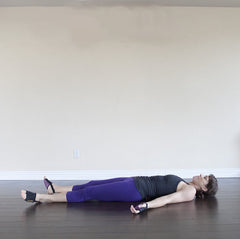 |
Savasana (Corpse Pose) Benefits: This relaxing pose lets you zero in on and eliminate neck tension. How to do it: Lie on your back, legs extended on the floor and hands by your sides. Turn your palms up and allow your feet to rotate naturally. Close your eyes. Bring your awareness to your jaw first. Think of any tension dissolving away and your throat and the back of your neck relaxing. Stay in the pose for up to five minutes. |
Keep Your Head (Straight)
Whenever you are in a pose with a neutral spine, place the fingers of one hand on the back of your neck. It should not feel strained (as when you look down) or cramped (as if you look too far up).
Respect Your Neck
Not all poses are right for everyone’s anatomy. If you are working on back-bending poses, make sure that you aren’t compressing the back of your neck to compensate for back flexibility or strength issues. Focus on keeping your breathing steady. If your airway starts to feel compressed, back out of the pose a bit.
If you feel pain or discomfort in any pose, back out of it. Try not to let your neck take more pressure than it has to. Always keep your core and legs engaged. In twists, think of moving from your waist instead of turning your head. Concentrate on seeing your neck as an extension of your spine, not allowing it to droop as you move into side-bending standing poses. Many instructors advise students to think about laying their head back onto a pillow or bolster in poses that invite drawing the gaze. That gentle arc will help to avoid compression in the neck. The more you turn your awareness to the entire neck area, the easier it will be not only to safeguard it from injury but to free it from speaking out and fully occupying every pose.



